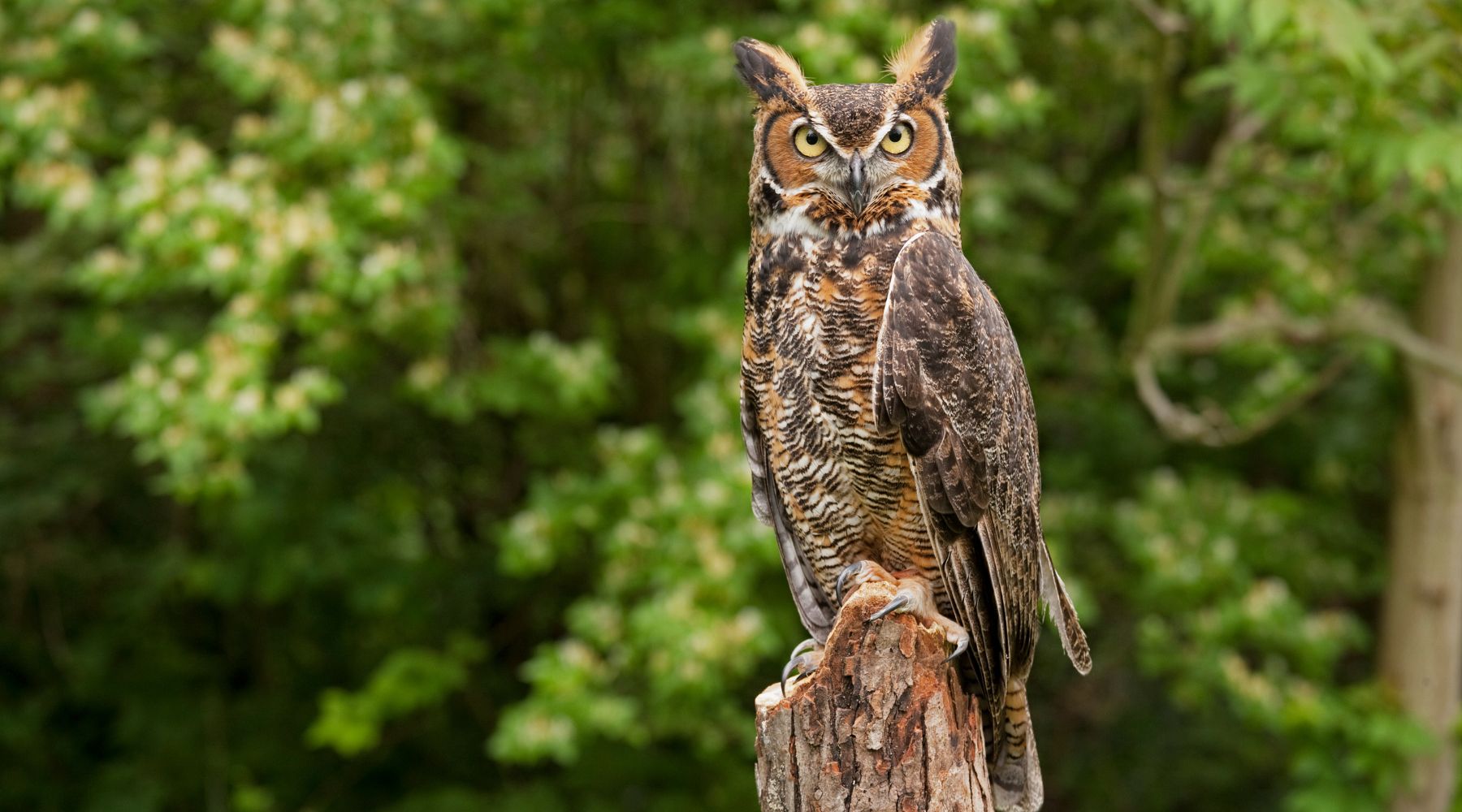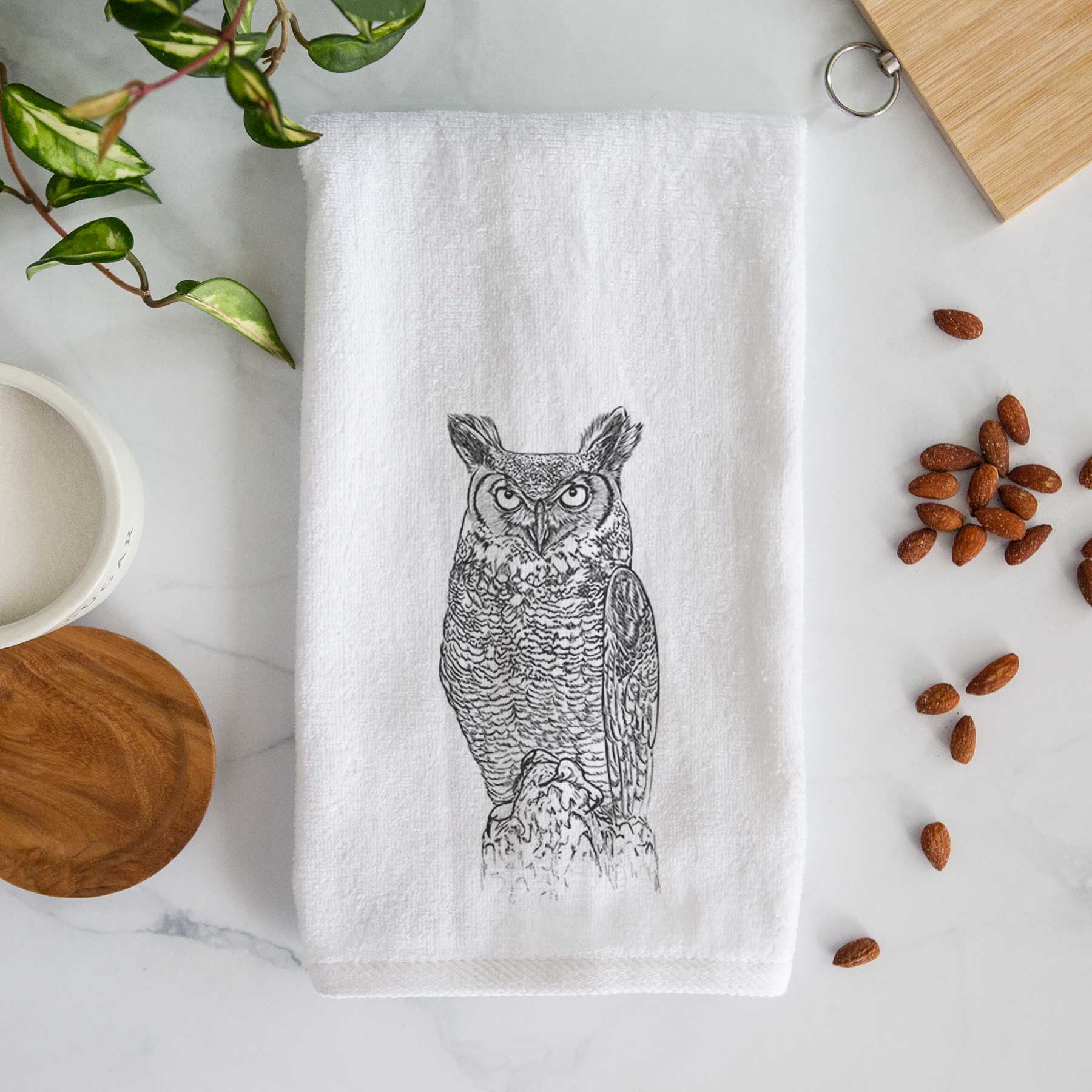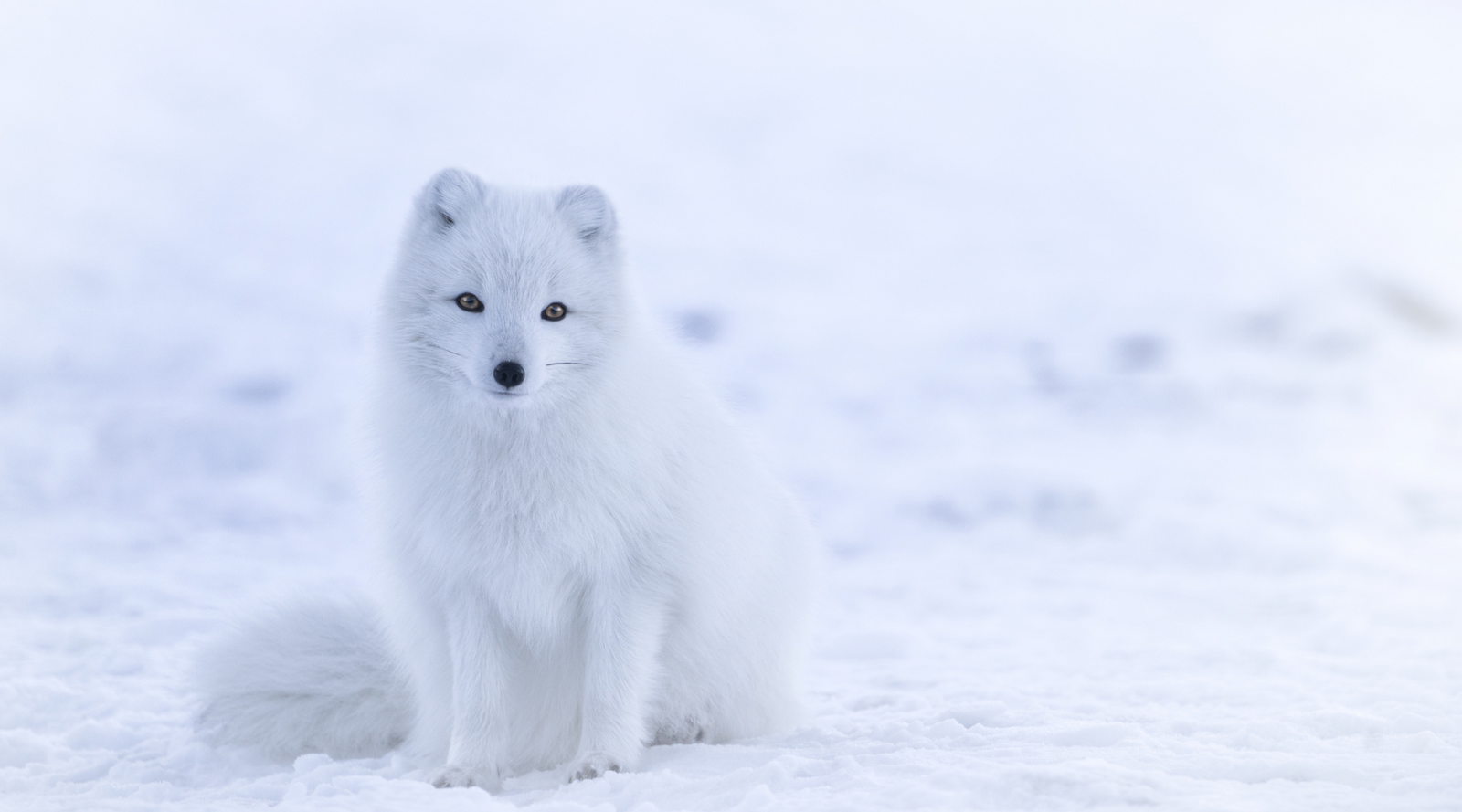Great Horned Owl Fun Facts
With piercing golden eyes, distinctive ear tufts, and powerful talons, the Great Horned Owl (Bubo virginianus) is a majestic and fascinating bird of prey. Here are 8 Great Horned Owl fun facts to help you get acquainted with these skilled nocturnal hunters.

8 Great Horned Owl Fun Facts
1. Females are Bigger than Males
In the world of Great Horned Owls, the females wear the crown when it comes to size! Unlike many other bird species where males are usually larger, female Great Horned Owls are noticeably larger and heavier than their male counterparts. This is a fairly common occurence within birds of prey species. It's widely believed that the larger size of females allows them to be more effective in defending their nests and young.
2. Courting Duets
The Great Horned Owl is known for its distinctive hooting calls. As well as differing in size, male and females also differ when it comes to the noises they create. Male Great Horned Owls have a deep, resonant "hoo-hoo-hoo, hoo-hoo". When courting, the male's deep calls are accompanied by more high pitched hoots from the female, creating a duet!
3. Stealing Nests
Great Horned Owls often steal the nests of other creatures like hawks and squirrels, saving the time and effort they'd need to create their own! Because they start breeding during the winter, they're able to choose from abandoned nests of other creatures before their breeding season begins.

4. Incredible Eyes
Second only to the tufts on their heads, one of the Great Horned Owls most distinguishing features is their bright yellow, very large eyes. These eyes are incredibly useful - they have extraordinary night vision, which allows them to spot even the tiniest movements made by their prey in complete darkness.
5. Poor Sense of Smell
Among their many impressive adaptations, the Great Horned Owl's sense of smell is one that takes a back seat. Unlike some predators that heavily rely on their sense of smell to track down prey, such as sharks and opossums, owls generally have a relatively poor sense of smell. Instead, they rely on their exceptional vision and acute hearing to locate and capture their next meal.
6. Excellent Hearing
While their lack of smell may seem like a disadvantage, the Great Horned Owl has more than compensated with its extraordinary hearing abilities, in addition to their incredible eyesight. Their hearing is so strong that according to The National Wildlife Federation, they can detect a mouse stepping on a twig over 75 feet away.

7. Diverse Diet
Great Horned Owls have a varied diet, which includes small to medium-sized mammals, as well as birds of various sizes, occasionally including other owls. They also eat skunks - we guess their lack of smell helps with this! Their diverse diet makes Great Horned Owls vital for ecosystem balance, as they help control the populations of numerous species.
8. No Chewing
While most animals have to chew their food in order to aid digestion, the Great Horned Owl has a different approach to mealtimes - they swallow their prey whole. After swallowing their prey, they regurgitate the indigestible parts like bones and fur in the form of pellets.
We hope you enjoyed our Great Horned Owl Fun Facts! These captivating creatures have many fascinating traits that make them such successful predators. If you find these birds as intriguing as we do, show off your appreciation with our Great Horned Owl Collection, full of shirts, hoodies, and more displaying our owl hand drawn design.
















I hear a hooting by the field across from my home, and was just wondering if it is a horned owl
July 14, 2025
O really love the hooting sound. Really wish I could see it.. itruly do love the sound